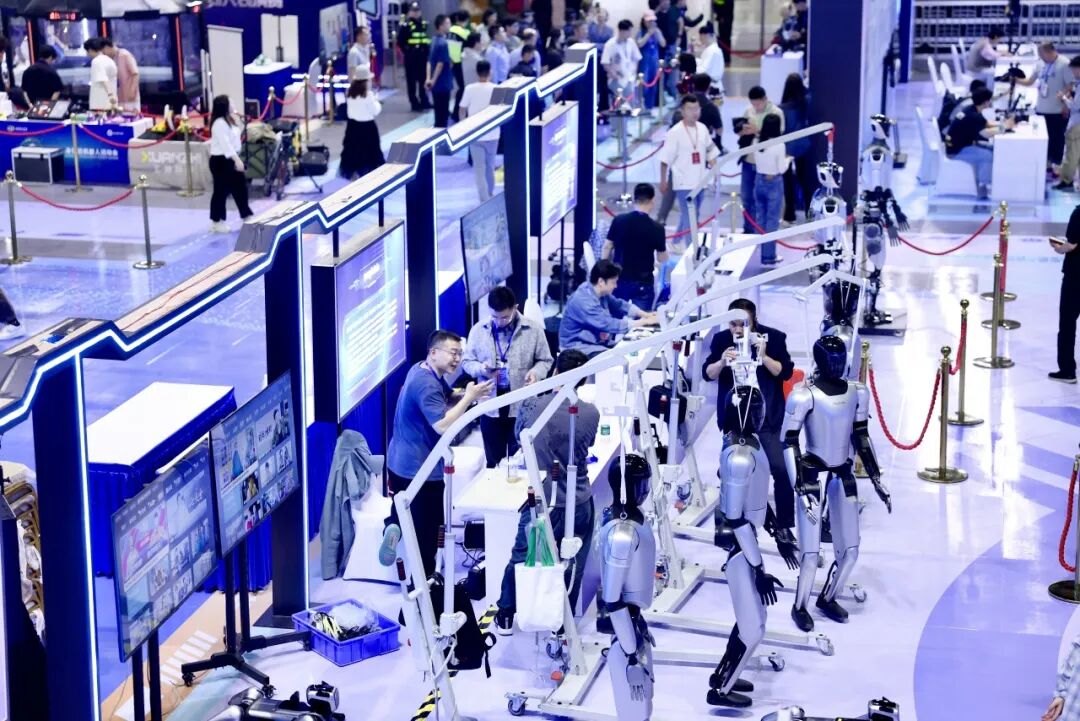Click the blue text above to subscribe!
This article is a personal record and does not constitute investment advice. The views expressed herein
reflect only my subjective position and do not guide any reader’s investment behavior. Readers should exercise caution.
Recently, a unique robot competition has attracted a lot of attention. In this event, robot “athletes” showcased their skills in various competitions, making one marvel at the advancements in technology. However, while enjoying the spectacle, one cannot help but ponder: how far are these outstanding robots from truly entering commercial applications and ordinary households? Today, let’s discuss this together.
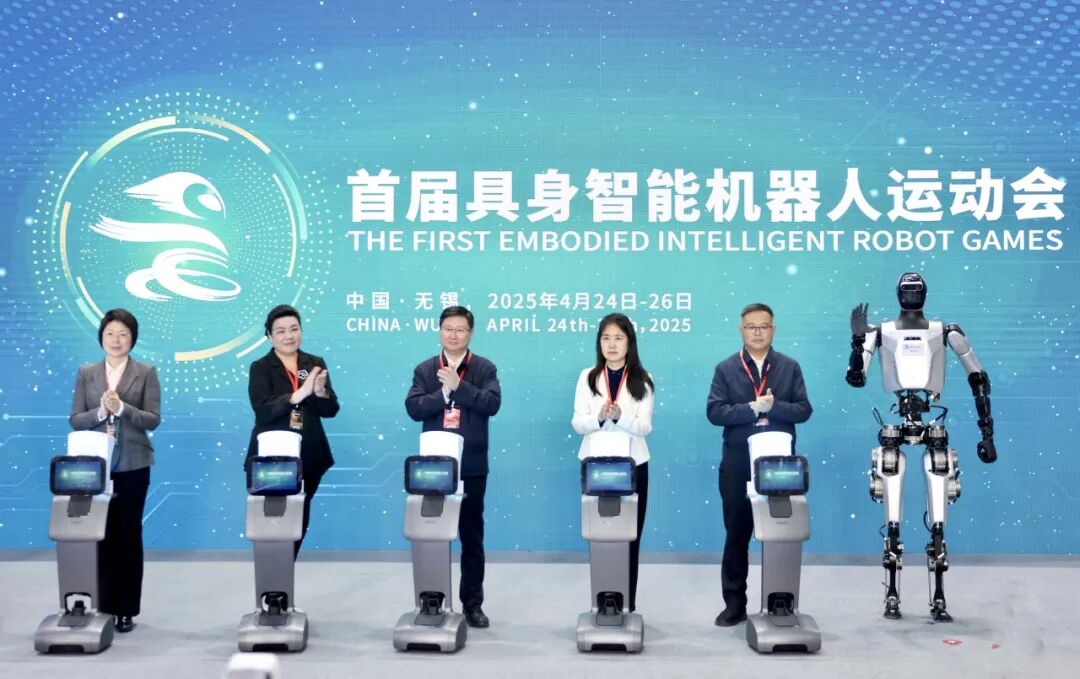
What Events Were Featured in the Robot Competition?
This embodied intelligent robot competition featured a rich variety of events. There was a sprint race, akin to a human 100-meter dash, where robots had to sprint forward, testing their motion control and dynamic balance capabilities. There was also an obstacle course, with grass, puddles, stones, and slopes, where robots had to navigate through complex terrains while avoiding barriers like railings, cylinders, or rectangular blocks, primarily assessing their ability to traverse complex surfaces, climb slopes, and avoid obstacles.
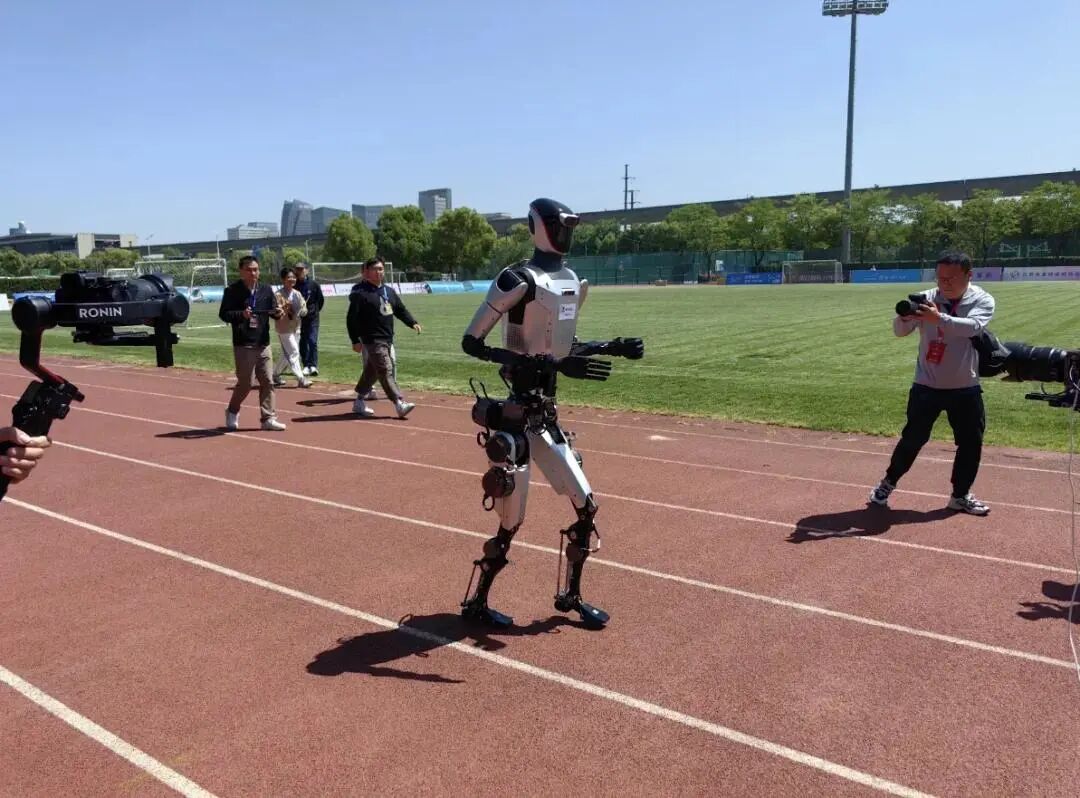
There were also several ball games, such as soccer, which was a 2V2 match where robots had to compete for the ball, chase each other, and shoot, relying on teamwork and real-time responses to the ball and opponents, demanding high dynamic path planning capabilities.
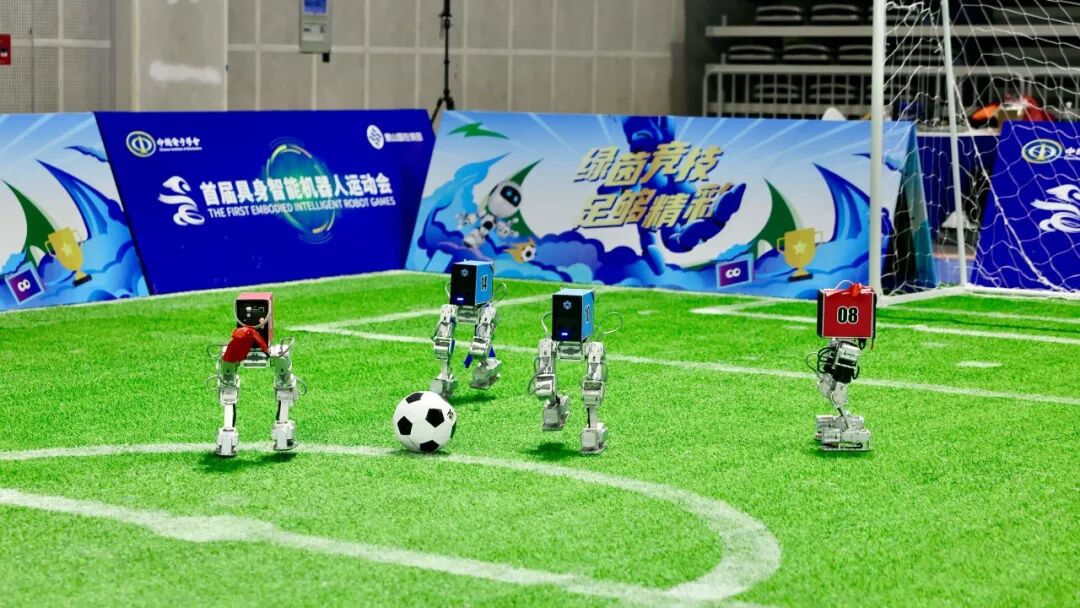
In basketball, some robots were remarkably accurate in shooting, reportedly achieving hit rates comparable to professional players. If the audience was unconvinced, they could challenge the robots on-site.

Additionally, there were combat events where 1.5 kg “contestants” showcased agile movements and collisions. Although they do not feel pain, executing flexible actions requires advanced control technology. The dance event was also interesting, where participating robots danced to the rhythm of music, combining technology and art.

The application events primarily showcased the robots’ ability to complete complex tasks. For instance, in handling and intelligent grasping, various items of different hardness, sizes, and shapes were randomly placed in the work area, and robots had to autonomously identify and grasp the corresponding items according to instructions, ensuring they did not drop anything while placing them in designated areas. The indoor rescue event simulated disaster scenarios, testing the robots’ search and rescue capabilities in complex environments.
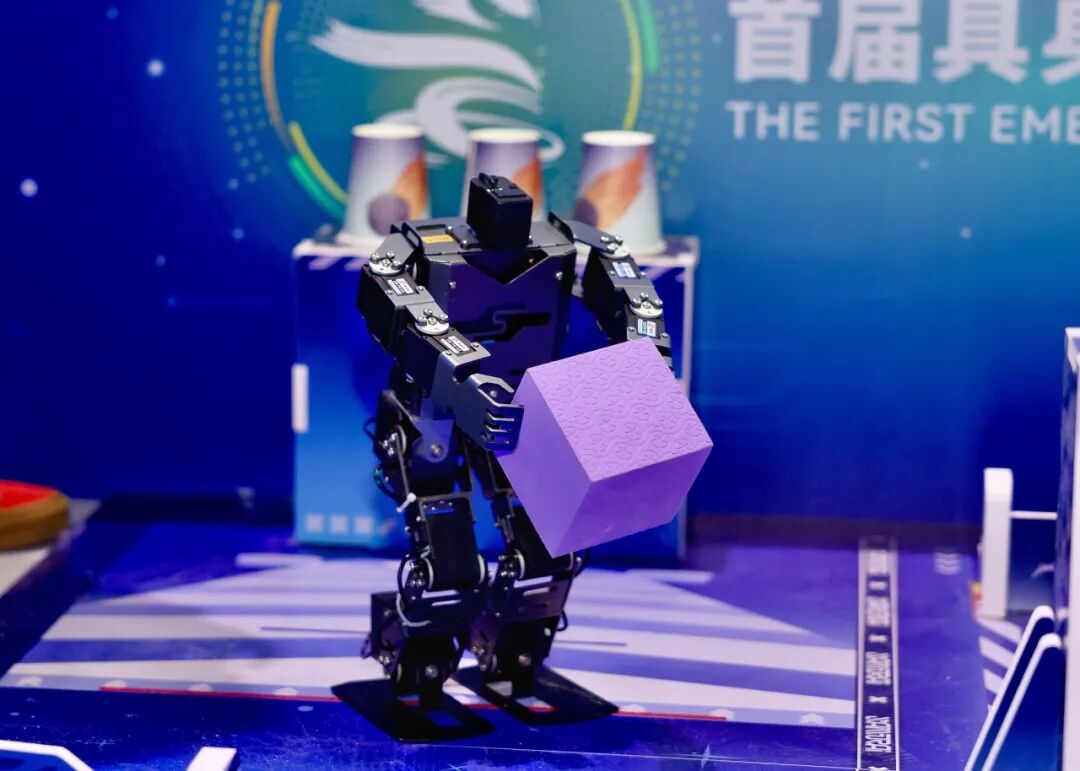
Many robots at this competition were impressive. Take the Yushu robot, for example, which participated in the sprint race, competing alongside robots from various companies. Yushu Technology has a strong background in electric-driven and legged robot development. Besides the sprint, its robots also showcased dance, with flexible joints moving rhythmically to the music, looking quite impressive.
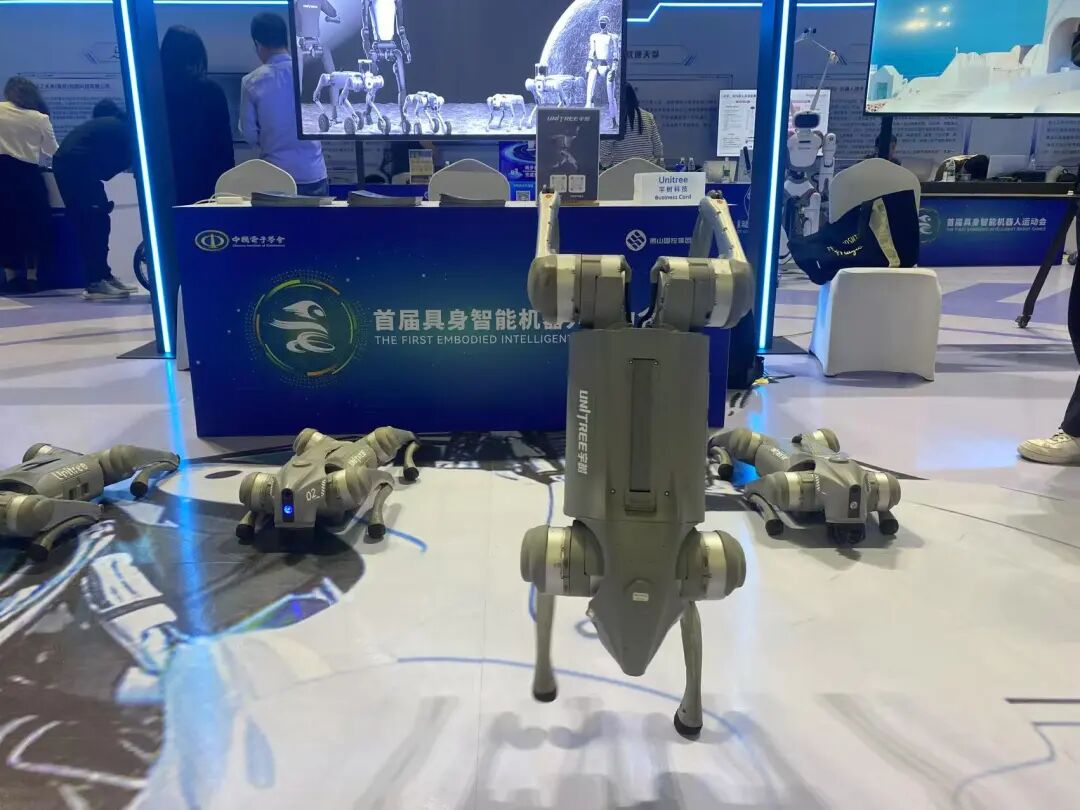
In the soccer arena, the humanoid robot soccer team performed exceptionally well. Dressed in exoskeletons, they moved gracefully, and when shooting, the ball traced a beautiful arc into the net. After scoring, they would turn to the audience and wave, just like human athletes. The company representative stated that our domestic robots are leading internationally in powerful shooting technology, and their breakthroughs have even prompted updates to international competition rules.

In the shooting event, one shooting robot amazed the audience with its smooth shooting actions, whether close-range or long-distance three-pointers, achieving a high hit rate that left the audience in awe.

What Standards Must Robots Meet for Commercial or Household Use?
To achieve commercial or household use, robots must meet several criteria. First, their performance must be stable and reliable. For instance, robots working in factories must operate stably for long periods without frequent breakdowns; otherwise, production lines will halt, leading to significant losses. Similarly, household robots must ensure they function correctly every time; if they malfunction frequently, no one would want to buy them.
Secondly, operation must be simple and convenient. Ordinary consumers may not understand complex programming and operations; robots should be as easy to use as household appliances like TVs and refrigerators. For example, a household cleaning robot should ideally be able to clean autonomously after being programmed for time and area, without requiring much effort from the owner.
Furthermore, costs must be reduced. Currently, many advanced robots are quite expensive, limiting their widespread adoption. If commercial robots are too costly, companies cannot afford them; if household robots are too expensive, ordinary families will not consider purchasing them. Only by reducing costs to an acceptable range can large-scale promotion be achieved.
Additionally, safety is crucial. Whether in work environments or home settings, robots must not pose a danger to people. In factories, robots must have comprehensive safety mechanisms to prevent injuries to workers during operation. At home, robots designed to accompany the elderly or children must ensure they do not cause harm due to operational errors or malfunctions.
How Far Are We from Commercial or Household Robot Applications?
From this robot competition, it is evident that robot technology has made significant progress, but there is still a long way to go before widespread commercial and household use.
In terms of performance, although the robots performed well in the competition, whether they can maintain stability in long-term, high-intensity real-world working environments remains uncertain. For example, while a robot can complete an obstacle course at a competition, if it were to operate like a delivery person, running for hours under various road conditions for several days, questions arise about whether its hardware would fail and if its software algorithms could adapt, which requires further validation.
Regarding operational convenience, some robots still have relatively complex controls that require professional personnel. To enter households, the operational processes must be simplified further, and more user-friendly interfaces developed. For instance, many service robots today have numerous functions, but the elderly and children may not know how to use them, which hinders promotion.
The cost issue is a significant challenge. Developing advanced robots requires substantial investment, and these costs are currently passed on to product prices. For humanoid robots, for example, one unit may cost hundreds of thousands, which is exorbitant for most companies and families. To reduce costs, breakthroughs in production processes and component manufacturing are necessary to achieve large-scale production and distribute R&D costs.
In terms of safety, while current robots have some safety measures, they are not foolproof. In complex real-world environments, various unexpected situations can occur, and how robots can better identify dangers and avoid causing harm to people requires continuous technological improvements and enhanced safety standards.
In summary, the robots showcased at the competition paint a beautiful picture of the future, but to truly achieve commercial and household applications, continued efforts from researchers, companies, and other stakeholders are needed to innovate technologically and make greater breakthroughs in cost control and safety, allowing robots to genuinely integrate into our lives and work, bringing us convenience.
 Get the latest news firstScan to follow us!
Get the latest news firstScan to follow us!

